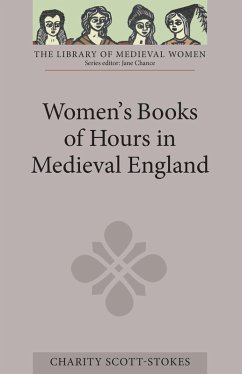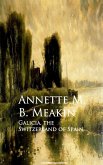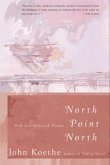English translation of a variety of texts from women's books of hours, with introduction, notes, and an interpretive essay.
The book of hours is said to have been the most popular book owned by the laity in the later middle ages. Women were often patrons or owners of such books, which were usually illustrated: indeed, the earliest surviving exemplar made in England was designed and illustrated by William de Brailes in Oxford in the mid-thirteenth century, for an unknown young lady whom he portrayed in the book several times.
This volume brings together a selection of texts taken from books of hours known to have been owned by women. While some will be familiar from bibles or prayer-books, others have to be sought in specialist publications, often embedded in other material, and a few have not until now been available at all in modern editions or translations. The texts are complemented by an introduction setting the book of hours in its context, an interpretive essay, glossary and annotated bibliography.
The book of hours is said to have been the most popular book owned by the laity in the later middle ages. Women were often patrons or owners of such books, which were usually illustrated: indeed, the earliest surviving exemplar made in England was designed and illustrated by William de Brailes in Oxford in the mid-thirteenth century, for an unknown young lady whom he portrayed in the book several times.
This volume brings together a selection of texts taken from books of hours known to have been owned by women. While some will be familiar from bibles or prayer-books, others have to be sought in specialist publications, often embedded in other material, and a few have not until now been available at all in modern editions or translations. The texts are complemented by an introduction setting the book of hours in its context, an interpretive essay, glossary and annotated bibliography.
Dieser Download kann aus rechtlichen Gründen nur mit Rechnungsadresse in A, D ausgeliefert werden.









